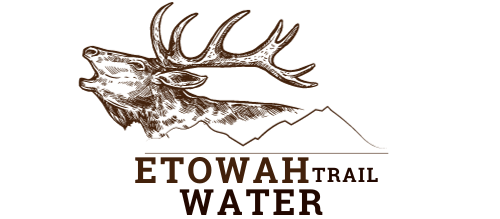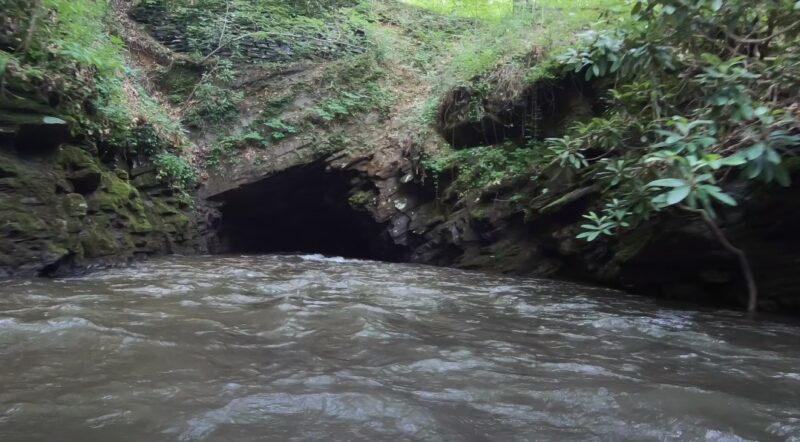The Etowah River, a 164-mile-long watercourse in the U.S. state of Georgia, has long captivated explorers, geologists, and nature enthusiasts alike. Amidst its picturesque flow and rich history lies a mystery: a mining tunnel, often referred to simply as the “Etowah Tunnel,” which has spurred curiosity and various theories for years.
This blog post aims to unravel the enigma surrounding this tunnel. What was its purpose? Who constructed it? And how does it fit into the larger narrative of the Etowah River and the American Southeast?
Historical Background
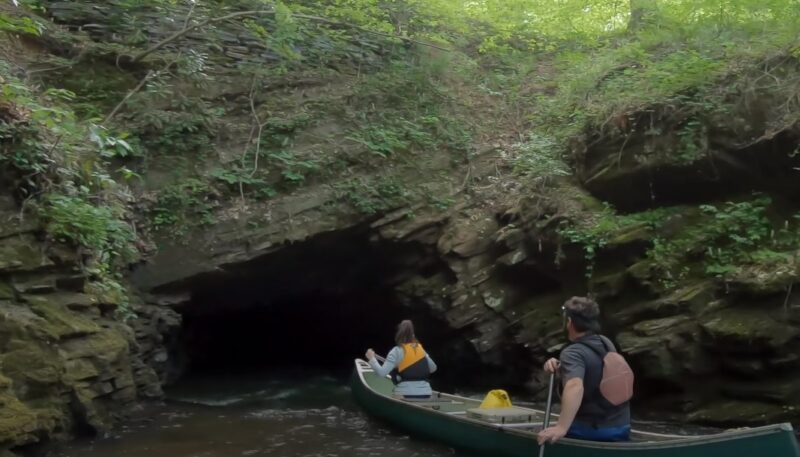
Before we examine the tunnel, it’s crucial to understand the historical context in which it resides. The Etowah River has a deep-rooted history that dates back thousands of years, spanning from Native American civilizations to European explorers and settlers.
Pre-European Settlement
The Etowah River was originally inhabited by Native American tribes, notably the Creek and later the Cherokee. The waterway was vital for fishing, transportation, and irrigation.
Not only was the river a central part of everyday life, but it also held spiritual significance. Various archaeological finds, such as pottery and tools, underscore its historical importance. From its source to its end, it has been highly important.
The Gold Rush and Beyond
In the early 19th century, European settlers were drawn to the Etowah River due to a different kind of allure—gold. The Georgia Gold Rush commenced in 1828, a year before the California Gold Rush, and turned the area into a hub of mining activity.
The quest for gold drastically altered the landscape and set the stage for the construction of the mining tunnel. Even after the gold rush waned, industries like timber and agriculture took prominence, continuing to shape the river’s surroundings.
The Construction
Building a tunnel through solid rock next to a river is no minor feat. The construction of this involved meticulous planning, significant capital, and engineering prowess. Let’s take a look at the journey from the initial plans to the completed structure.
Initial Plans and Financing
The inception of the tunnel can be traced back to the early 1850s, during the peak of gold mining activities in Georgia. Investors and mining companies sought more efficient ways to extract gold from the river and its surrounding areas.
Detailed geological surveys were carried out, and the plans for the tunnel were finalized. The construction was majorly financed through a combination of private investment and government grants.
The Engineering Feat
The construction utilized the “drill and blast” method, involving drilling holes into the rock and using explosives to create a path. Labor was intensive, often involving dangerous conditions and rudimentary tools.
The tunnel was finally completed in the late 1850s, taking nearly five years and an untold number of labor hours to finish. The end result was a tunnel approximately 1,500 feet long and varying in height and width.
Purpose and Utility

A recurring question about the Etowah Tunnel is its actual purpose. Was it merely an ambitious gold mining project, or did it have other utilities? We explore these aspects below.
Gold Mining
The primary purpose of the tunnel was to facilitate gold mining. The tunnel allowed water to be rerouted, exposing riverbeds that were rich in gold deposits. Miners could then easily extract the precious metal.
Various archival documents and historical records confirm the success of these mining activities, especially in the first few years following the tunnel’s completion.
Hydroelectric Potential
Another often-overlooked utility of the tunnel was its potential for hydroelectric power. While not initially designed for this purpose, the tunnel’s construction provided a unique opportunity to harness the river’s flow for electricity.
Some historical accounts suggest that local industries were, in fact, powered by makeshift hydroelectric setups, although this aspect is not as well-documented as the gold mining operations.
Current Status and Preservation Efforts
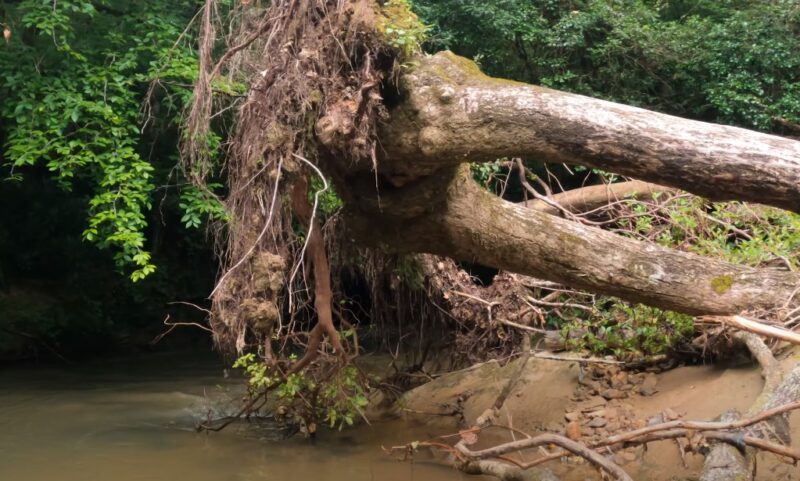
Fast-forward to the present day, the Etowah Tunnel stands as a relic of a bygone era, yet it has not lost its mystique. The tunnel has caught the attention of historians, explorers, and even policy-makers keen on preserving this piece of history.
Public Interest
The tunnel has become a popular spot for adventurers and history buffs alike. Although entering inside can be risky due to potential structural weaknesses, many brave the conditions to explore its depths.
Social media has played a part in renewing interest in the tunnel, with photos and videos often going viral.
Preservation
Concerns about the tunnel’s long-term stability and historical significance have led to initiatives aimed at its preservation. Local and state authorities are examining ways to make the tunnel safer for visitors and to preserve it for future generations. Non-profit organizations have also stepped in, undertaking studies and raising funds for its maintenance.
Geological Aspects
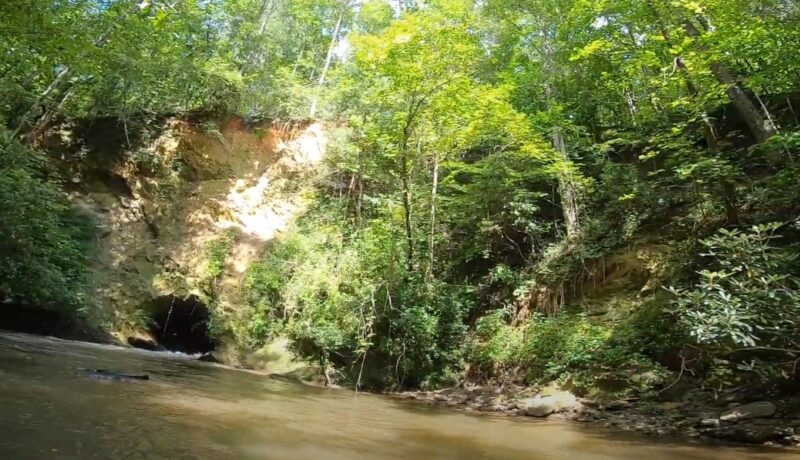
While the historical and engineering aspects of the Etowah Tunnel are remarkable, its geological characteristics also warrant attention. Understanding the geology can offer deeper insights into why this location was chosen for the tunnel and what impact it had on the environment.
Rock Formations
The tunnel cuts through a variety of rock types, primarily metamorphic rocks like schist and gneiss. These rocks are millions of years old and were likely chosen for their structural integrity and ease of excavation. The choice of location was, therefore, not just influenced by the gold deposits but also by the geology of the region.
Environmental Impact
Any modification to a natural landscape, especially one as significant as a tunnel, has environmental consequences. The construction disrupted local ecosystems and may have affected water quality in the short term. However, the area has had over a century to recover, and current assessments suggest minimal long-term ecological damage.
Cultural Significance and Folklore
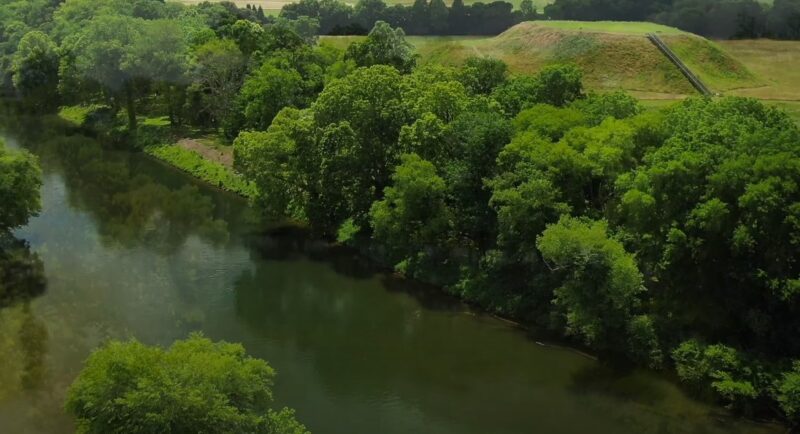
Beyond its practical applications and historical importance, the Etowah Tunnel holds a special place in local culture and folklore. Its mysterious aura has given rise to various tales and legends that add another layer to its multifaceted existence.
Native American Lore
Though there is no concrete evidence to suggest that Native Americans used the tunnel, they were undoubtedly aware of its existence. Oral traditions speak of the “river’s underground passage,” which some interpret as a nod to the tunnel. These stories often imbue the tunnel with spiritual or mystical attributes.
Local Legends
The tunnel hasn’t escaped the imagination of local communities either. Legends ranging from hidden treasure to ghost stories have circulated for years. One popular tale suggests that the place is haunted by the spirits of miners who lost their lives during its construction.
Whether or not these stories hold any truth, they have become an integral part of the tunnel’s cultural fabric.
Future Developments
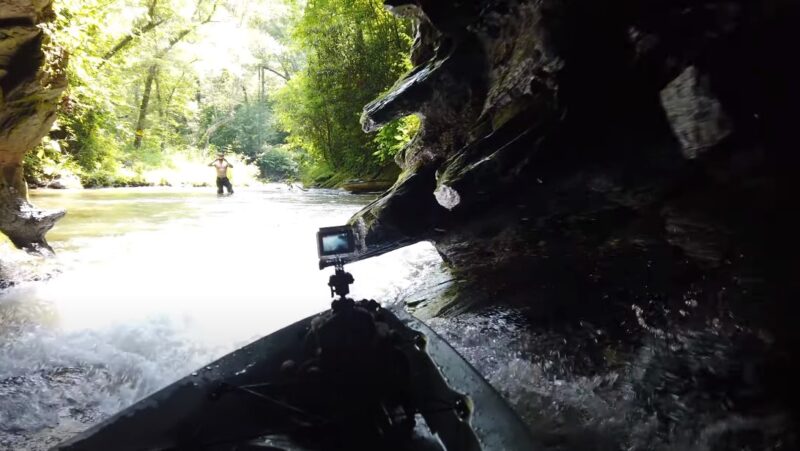
As we look toward the future, the Etowah Tunnel is poised for a new chapter. From becoming a potential tourist attraction to serving as a subject for scientific research, the tunnel’s story is far from over.
Tourism Potential
There is a growing call to develop the tunnel and its surrounding areas into a tourist destination. The natural beauty of the Etowah River, combined with the tunnel’s historical and cultural significance, makes it an attractive proposition. However, any development must be sustainable and respectful of the site’s heritage.
Scientific Research
Ongoing geological and environmental studies are considering the Etowah Tunnel as a potential research site. The unique rock formations could offer insights into Earth’s history, and the tunnel itself serves as an example of 19th-century engineering techniques. Such research could shed light on topics ranging from mineralogy to archaeology.
FAQs
Is it legal to visit the Etowah Tunnel?
While it is situated in a region that is often frequented by hikers and explorers, the legality of entering inside is subject to local laws and property rights. Some parts of the area around the tunnel are privately owned, so it’s essential to obtain the proper permissions before planning a visit.
Are there any fish or unique aquatic life in the section of the Etowah River near the tunnel?
Yes, the Etowah River is known for its diverse aquatic ecosystem, including various species of fish like trout and bass. While the tunnel’s presence may have caused some initial disturbances, the river has had a long time to recover, and the aquatic life near the tunnel is as vibrant as in other parts of the river.
Was the Etowah Tunnel ever used for transportation?
There is no historical evidence to suggest that it was ever used for regular transportation. Its primary purpose was to facilitate gold mining by rerouting the river, thereby exposing gold-rich riverbeds.
Over the years, the tunnel has mostly served as an object of historical and geological interest rather than as a transport route.
How safe is the structural integrity of the tunnel?
Safety has been a matter of concern, given its age and the primitive engineering techniques used in its construction. While it has endured for over a century, experts advise caution when exploring it due to potential structural weaknesses.
Are there any similar tunnels in other rivers in Georgia or the surrounding states?
While the Etowah Tunnel is quite unique in its scope and history, there are other ones in the region that were built for various purposes, such as transportation and water diversion. However, few, if any, can match its historical and cultural significance.
Has the tunnel been featured in any documentaries or films?
To the best of our knowledge, it hasn’t been the focus of any major documentaries or films. However, it has been covered in local news reports, amateur exploratory videos, and social media posts.
Its fascinating history and air of mystery make it a potential subject for future cinematic exploration.
Concluding Thoughts
The Mining Tunnel on the Etowah River serves as a fascinating slice of American history, intertwining the Native American legacy, the rush for gold, engineering marvels, and the inexorable march of time.
As efforts to preserve this historical structure gain momentum, one can only hope that future generations will have the opportunity to witness this marvel and ponder over the many stories it has to tell.
